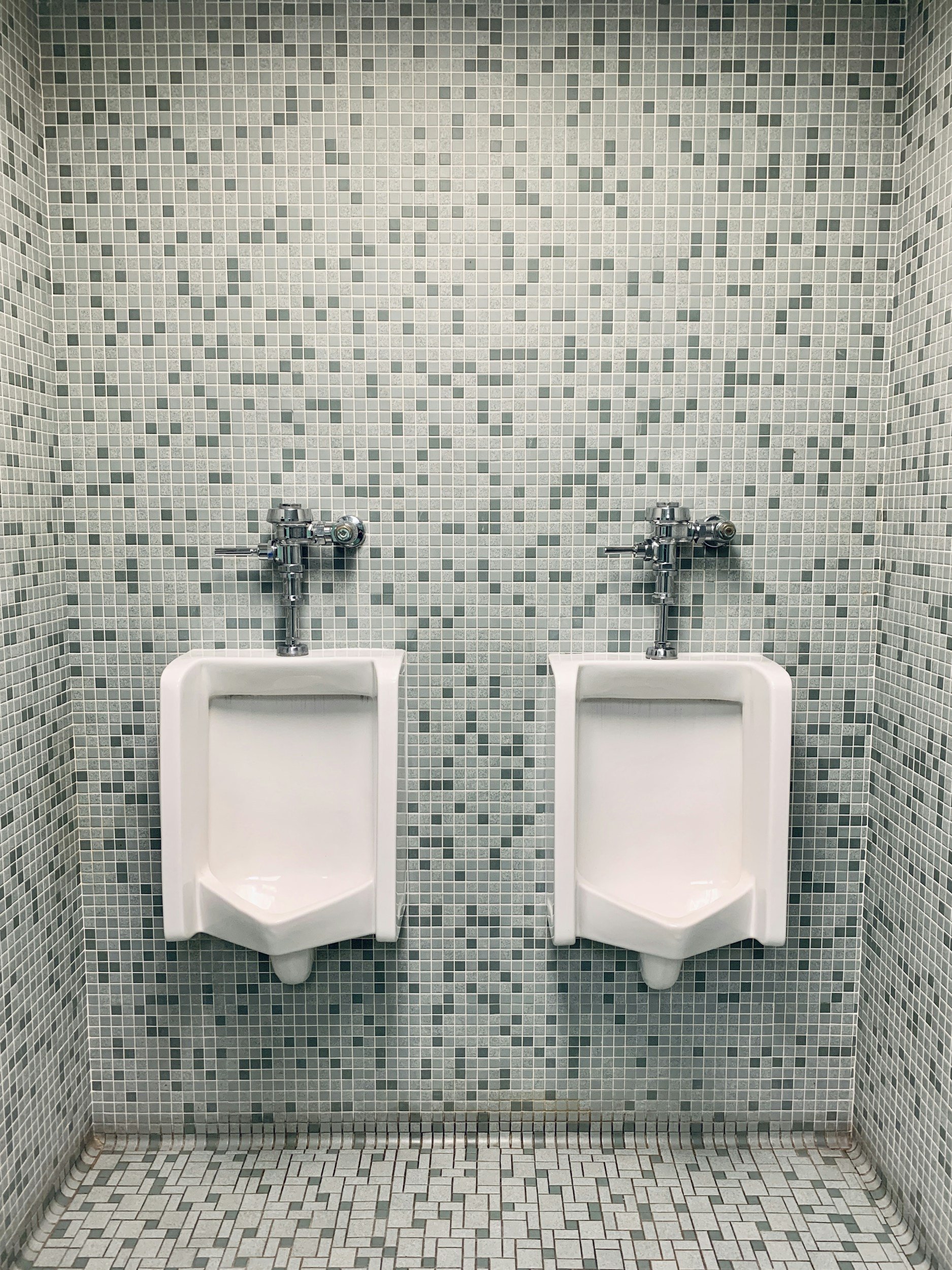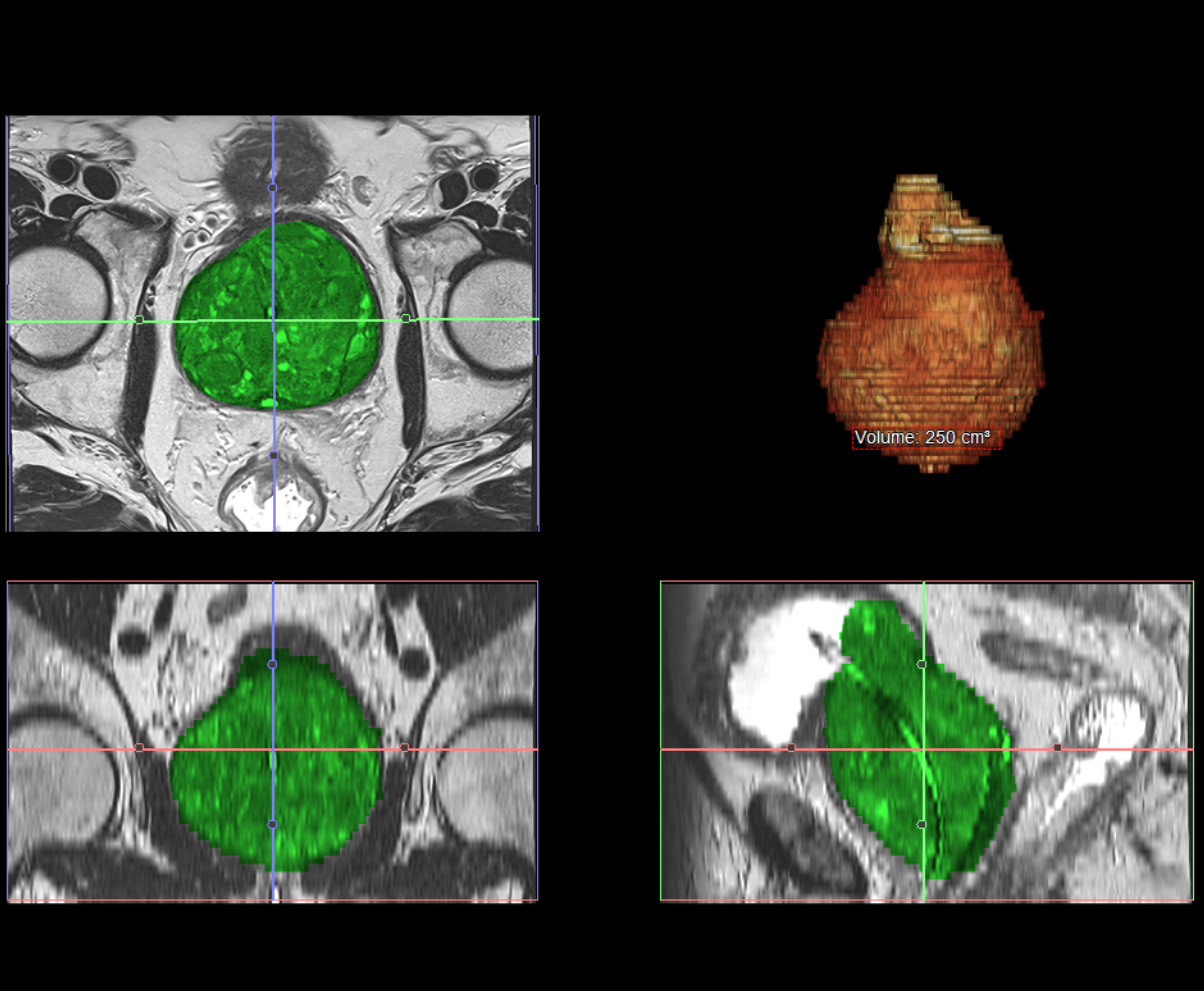
Benign Prostatic Hyperplasia (BPH)
Benign Prostatic Hyperplasia
Benign Prostatic Hyperplasia (BPH) is an extremely common condition affecting older men in Australia and worldwide. By age 60, more than 50% of men develop some degree of prostate enlargement, which increases to over 80% by age 80. This non-cancerous enlargement of the prostate gland naturally occurs as men age.
The normal prostate in young adult men typically weighs 20-30 grams (about the size of a walnut). With BPH, the prostate can enlarge significantly, ranging from 30-40 grams in mild cases to over 100 grams in severe cases. Some men develop massive prostatic enlargement exceeding 200 grams, known as "giant prostatomegaly," which can pose significant treatment challenges with traditional techniques.
Symptoms
Men with BPH typically experience a range of urinary symptoms that can significantly impact quality of life. These include:
Frequent urination, particularly at night (nocturia)
Weak urine stream or interrupted flow
Difficulty starting urination (hesitancy)
Sensation of incomplete bladder emptying
Urgency or sudden need to urinate
Straining during urination
Treatment Options
Treatment approaches range from watchful waiting and medication to minimally invasive procedures and surgery, depending on symptom severity and impact on quality of life. Traditional surgical options like Transurethral Resection of the Prostate (TURP) have been the standard treatment for decades. However, minimally invasive alternatives such as Prostate Artery Embolisation (PAE) now offer effective symptom relief without the risks of surgery, preserving sexual function and continence while providing shorter recovery times with excellent outcomes for appropriate candidates.

